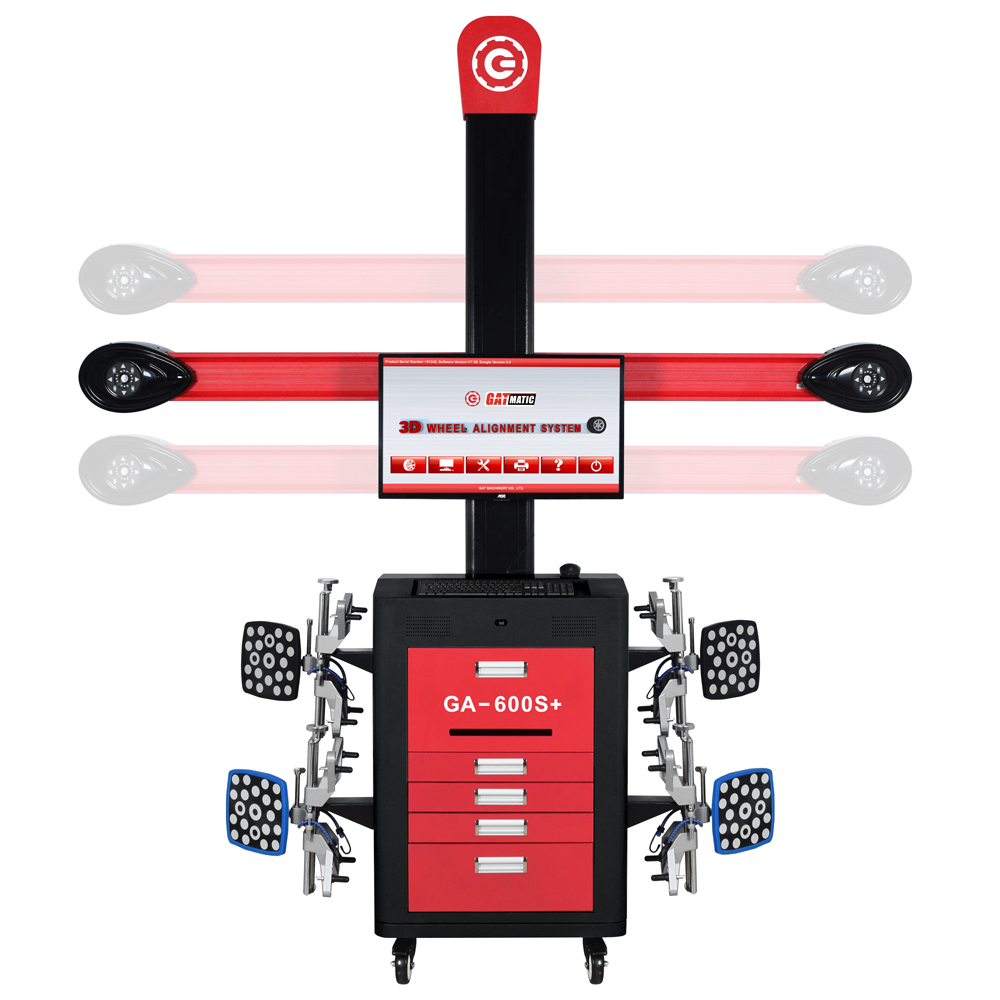What are the benefits of tire balancing and wheel alignment?
When it comes to car maintenance, most of us think about changing the oil, replacing brake pads, or getting a tune-up. However, two crucial aspects that often go unnoticed are tire balancing and wheel alignment. These services are essential for ensuring the optimal performance and safety of your vehicle. In this article, we will delve into the benefits of tire balancing and wheel alignment, explaining why they should be a part of your regular car maintenance routine.
I. What is Tire Balancing?
Tire balancing is a fundamental aspect of vehicle maintenance that involves equalizing the weight of your tires and wheels. During this process, a professional mechanic uses a specialized machine to measure the imbalance in your tires and apply counterweights accordingly. This ensures that each tire is distributing the vehicle’s weight evenly, preventing vibrations and uneven wear.
II.The Benefits of Tire Balancing
1. Smoother Ride
One of the immediate benefits of tire balancing is a smoother and more comfortable ride. Imbalanced tires can cause your vehicle to vibrate, especially at higher speeds. Balancing your tires eliminates these vibrations, providing a much smoother driving experience.
2. Improved Tire Lifespan
Uneven wear on your tires can significantly reduce their lifespan. When tires are balanced correctly, they wear evenly, extending their life and saving you money on replacements.
3. Enhanced Fuel Efficiency
Balanced tires also contribute to better fuel efficiency. When your tires are in proper balance, there is less rolling resistance, which means your engine doesn’t have to work as hard to move the vehicle. This can lead to savings at the gas pump over time.
4. Increased Safety
Safety on the road is paramount. Imbalanced tires can lead to handling issues, especially during sudden maneuvers or in wet or slippery conditions. By ensuring your tires are balanced, you enhance your vehicle’s stability and overall safety.
III. What is Wheel Alignment?
Wheel alignment, often referred to as wheel tracking, is the process of adjusting the angles of your vehicle’s wheels to meet the manufacturer’s specifications. This adjustment involves three key angles: camber, caster, and toe. Proper wheel alignment ensures that your tires make optimal contact with the road surface.
IV. The Benefits of Wheel Alignment
1. Improved Handling
One of the most noticeable benefits of wheel alignment is improved handling. When your wheels are properly aligned, your vehicle responds more precisely to your steering inputs, making it easier to navigate corners and maintain control.
2. Extended Tire Life
Just like tire balancing, wheel alignment also contributes to extended tire life. When your wheels are aligned correctly, there is minimal unnecessary friction between the tires and the road, resulting in less tire wear.
3. Better Fuel Efficiency
Properly aligned wheels reduce rolling resistance, which means your engine doesn’t have to work as hard to move the vehicle. This leads to improved fuel efficiency and potential savings at the gas pump.
4. Enhanced Safety
Maintaining proper wheel alignment is crucial for your safety. Misaligned wheels can cause your vehicle to pull to one side, especially when braking. Proper alignment ensures even tire wear and consistent handling, enhancing overall safety.
Conclusion
In conclusion, tire balancing and wheel alignment are essential aspects of vehicle maintenance that offer numerous benefits. From a smoother ride to increased safety and improved fuel efficiency, these services not only save you money but also enhance your driving experience. Make sure to include regular tire balancing and wheel alignment in your car maintenance routine to enjoy these advantages and keep your vehicle in top condition.
FAQs (Frequently Asked Questions)
- How often should I get my tires balanced and wheels aligned?
It is recommended to have your tires balanced and wheels aligned every 6,000 to 8,000 miles or as advised by your vehicle’s manufacturer.
- Can I do tire balancing and wheel alignment myself?
While there are DIY kits available, it is strongly recommended to have these services performed by a professional mechanic to ensure accuracy and safety.
- What are the signs that my tires need balancing or my wheels are misaligned?
Signs include uneven tire wear, steering wheel vibrations, and your vehicle pulling to one side when driving straight.
- Does wheel alignment affect my vehicle’s suspension?
Yes, wheel alignment adjustments can impact your vehicle’s suspension components, but it’s a necessary part of maintaining proper handling and tire wear.
- Are there any long-term benefits to regular tire balancing and wheel alignment?
Yes, maintaining these services can prolong the life of your tires, improve fuel efficiency, and enhance the overall safety and handling of your vehicle.
Describe Your Needs In Detail!
We will carefully evaluate your needs and give professional solutions.




